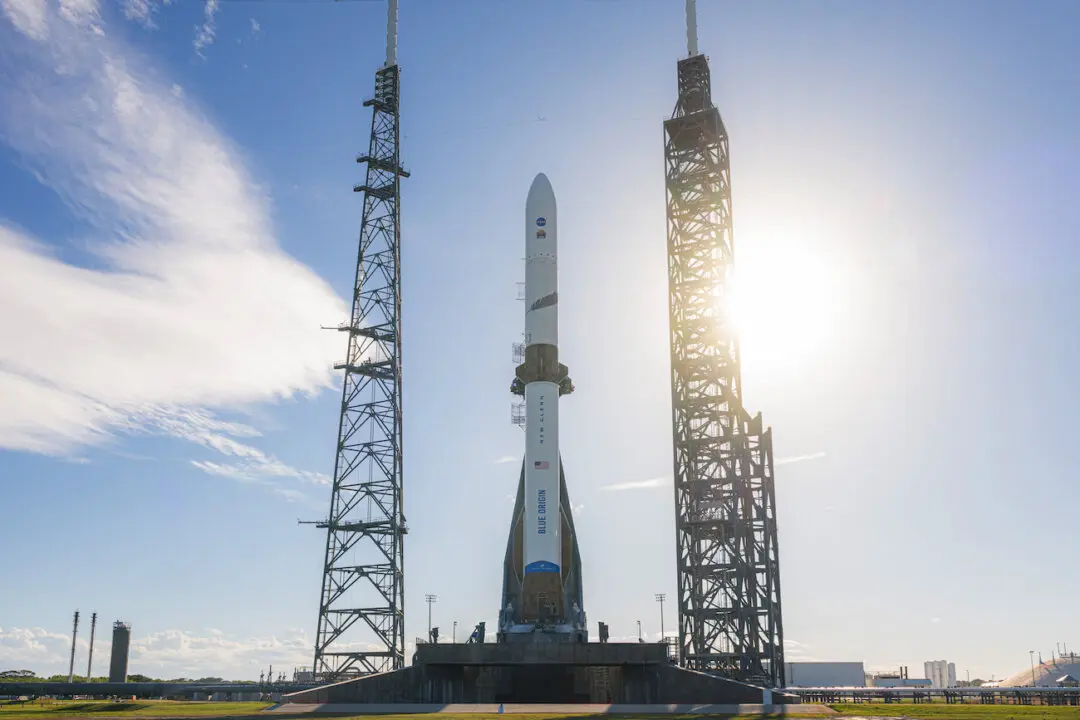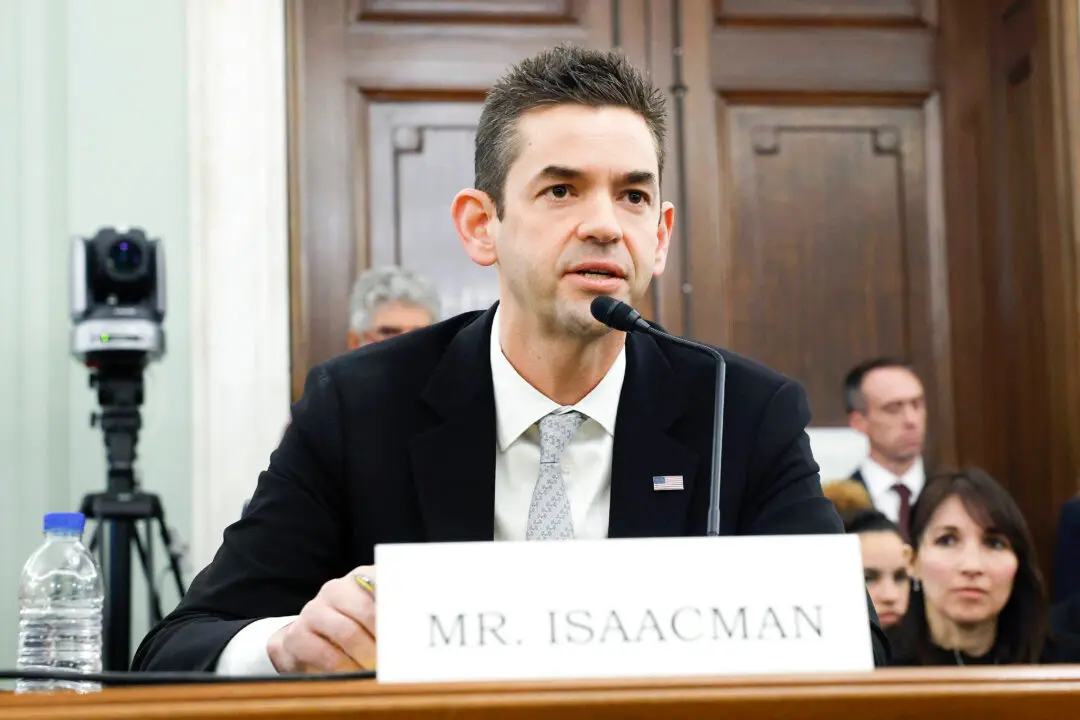Florida’s Gov. Ron DeSantis declared a state of emergency for more than 50 counties on Aug. 1 as forecasters predict a tropical cyclone could hit his state’s panhandle and Gulf Coast in the coming week.
The National Hurricane Center (NHC) is continuing to track a “well-defined tropical wave” that could develop into a named storm once it crosses the eastern Caribbean into the Gulf of Mexico.





